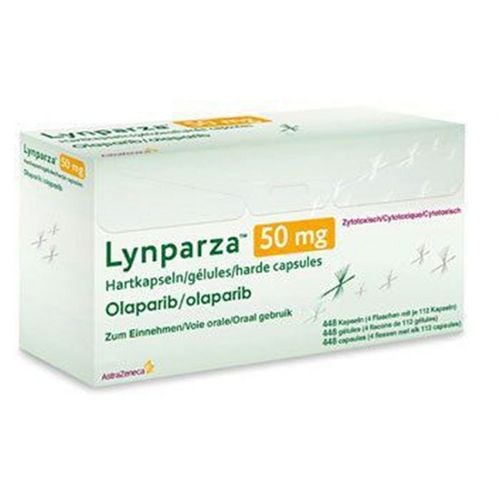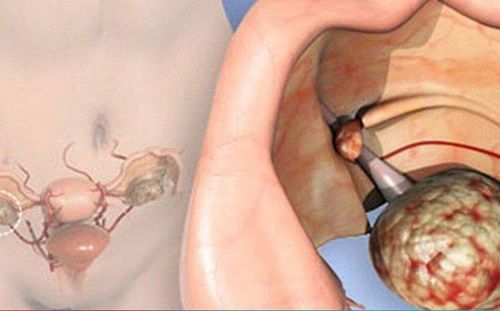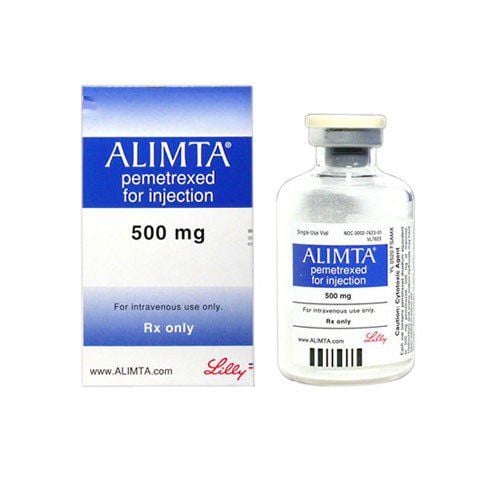This is an automatically translated article.
Ovarian cancer is one of the most common reproductive tract cancers in women, second only to cervical cancer. Currently, chemotherapy is considered the first-line treatment for cancers in general and ovarian cancer in particular.1. What is ovarian cancer?
Ovarian cancer occurs when there is a malignant tumor in the ovary. In women, the ovaries are the reproductive organs responsible for the production of egg cells and female hormones, including estrogen and progesterone. Ovarian cancer, if not detected and treated early, can cause cancer cells to grow stronger and harder to control. Once there, they will spread to other parts of the body and cause secondary cancer at that location.
2. What is chemotherapy for ovarian cancer?

Hóa trị ung thư buồng trứng
3. Ovarian cancer chemotherapy options
Depending on the type and stage of cancer, each patient will have different chemotherapy treatment options. Detail:
3.1 Chemotherapy for Ovarian Carcinoma Ovarian cancer is the most common type of ovarian cancer in women. This is a condition in which cancer cells develop from cells located on the surface of the ovary. When using chemotherapy to treat this disease, your doctor will use a combination of two different drugs, including a platinum compound (usually cisplatin or carboplatin) and a Taxane (such as paclitaxel (Taxol®) or docetaxel (Taxotere ® ) The combination of these chemotherapy drugs makes them more effective and is considered the first line of cancer treatment for patients before any other treatment is started. These drugs are usually given by injection or intravenous infusion every 3-4 weeks
Usually, a course of chemotherapy for ovarian cancer will include 3- 6 cycles of treatment, depending on the course of the disease Chemotherapy can help shrink the cancerous tumors or even make them disappear. cancer cells, so the cancer can come back any time.If the first round of chemotherapy gives good results, the cancer can be pushed back at least t yes 6-12 months.
3.2 Intraperitoneal (IP) Chemotherapy Intraperitoneal (IP) chemotherapy is usually given to women with stage III ovarian cancer (cancer that has not spread outside the abdomen) and the cancer has been removed. Optimally removed (no tumor larger than 1cm after surgery).
In IP chemotherapy, the drugs cisplatin and paclitaxel are injected into the abdominal cavity through a small, thin catheter. These catheters can be placed during surgery, or sometimes later. The catheter is normally connected to a port and at the end is attached a plate the size of half a dollar bill with a diaphragm. The port is placed under the skin against the bony structure of the abdominal wall, such as the ribs or pelvis. The doctor then places a needle through the skin and inserted into the catheter port to inject chemicals into the patient's abdominal cavity.
Injecting chemotherapy in this way will help the dose to be directly focused on the cancer cells in the abdominal cavity. In addition, the chemical is also absorbed into the bloodstream, so it can reach cancer cells outside the abdominal cavity.
Although IP chemotherapy helps prolong the life of patients, it can bring some serious side effects such as abdominal pain, nausea or vomiting. This causes some women to stop treatment early.
3.3 Chemotherapy for Ovarian Germ Cell Tumors Ovarian germ cell tumors can be treated with chemotherapy that combines different drugs at the same time. Some of these drugs include: TIP (paclitaxel/Taxol, ifosfamide and cisplatin/Platinol) VeIP (vinblastine, ifosfamide and cisplatin/Platinol) VIP (etoposide/VP-16, ifosfamide and cisplatin/Platinol) VAC (vincristine, dactinomycin) and cyclophosphamide) 3.4 Chemotherapy for ovarian stromal tumors Ovarian stromal tumors are not usually treated with chemotherapy, however in certain cases a combination of carboplatin and paclitaxel or PEB can be used. (cisplatin/platinol, etoposide, and bleomycin) for cancer treatment.
4. Side effects of chemotherapy for ovarian cancer

Khi điều trị ung thư thường có tác dụng phụ là rụng tóc
Chemotherapy drugs when introduced into the body not only affect malignant tumors but also affect the whole body of the patient. Therefore, the side effects caused by the drug cannot be avoided. The severity of symptoms will depend on the type and dose of medication used. Some of the most common side effects include:
Nausea and vomiting Loss of appetite Hair loss Rash on hands and feet Mouth ulcers Chemicals can also affect the blood-forming cells of the bone marrow, leading to risks such as:
Increased risk of infection (due to leukopenia) Easy bruising or bleeding (due to thrombocytopenia) Fatigue (due to low red blood cell count) These side effects usually go away after when treatment ends. During treatment, if any symptoms are detected, immediately notify the doctor for timely remedial measures.
In addition, some chemo drugs can cause long-term or even permanent side effects, including:
Cisplatin can cause kidney damage Cisplatin and Taxanes can cause nerve damage, numbness , tingling in the hands or feet Cisplatin can also damage the nerves to the ear, leading to hearing loss Causes early menopause and infertility Can cause bone marrow cancers such as myelodysplastic syndromes or myeloid leukemia acute
Please dial HOTLINE for more information or register for an appointment HERE. Download MyVinmec app to make appointments faster and to manage your bookings easily.













